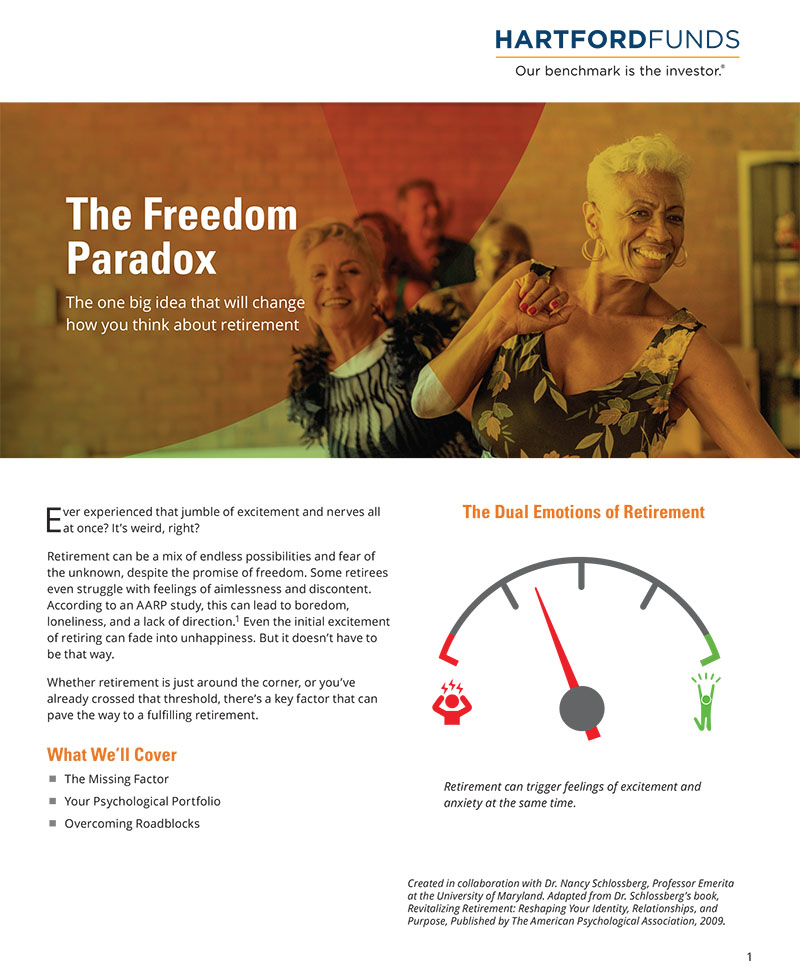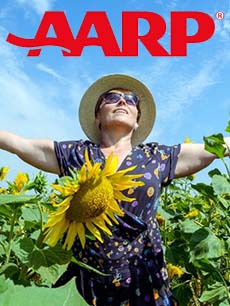Live Solid Interview Questions And Answers
Nancy K. Schlossberg, who has spent most of her career as a professor of counseling psychology, is now taking her learnings to the social space. The author has more than 35 years of academia under her belt, having taught at Howard University and Wayne State in addition to spending 26 years at the University of Maryland, College Park.
Schlossberg has written nine books, including the popular “Retire Smart, Retire Happy” and “Revitalizing Retirement.”
Schlossberg answers Live Solid readers’ questions about life transitions:
Q: After seeing the adjustment some of my family members made when they retired, I’m definitely planning ahead now!
Schlossberg: You are wise to realize that planning ahead for retirement is important. My advice for anyone making a change–either retiring, changing jobs, moving to a new city, or any major transition–is to take account of two things: First, look at your Financial Portfolio with a financial planner or a bank and second, take account of your Psychological Portfolio. What do I mean by that?
Your Psychological Portfolio has three major components: your Identity, your Relationships and your Purpose. With every transition, your identity is challenged. You begin to ask yourself, “Who am I, how do I define myself now that I have, for example, left the work force and returned to school or retired?” Then ask yourself, “How is this transition going to change my relationships? Who will substitute for the relationships I had?” And finally, “How is this change going to influence my purpose?” Possibly, moving to a new city will open up new opportunities for new relationships; a new job might give you a renewed sense of purpose.
The bottom line: Planning ahead for any major transition includes considering both financial and the psychological consequences. If you start using these tools now–thinking of potential changes in your identity, relationships and purpose–when you retire you will be an expert at change.
Q: I would love some advice on how to help my aunt transition. She is very quiet and not very out-going and now that she has retired, she doesn’t get out much. Any thoughts on how I could get her involved in community activities would be great!
Schlossberg: Thanks for raising such an important question. I interviewed a number of young people about how they engaged their retired family members. Some examples: one nephew took his uncle to a senior baseball league game because he remembered his uncle loved baseball as a young man; one woman hired her mother as a part-time assistant in her PR firm. These are merely examples, and each situation is unique.
I suggest you plan a series of Activity Adventures. You need to figure out what your aunt used to like, and what activities she never had the time to pursue. That can be your clue to find the hook that will engage her in life. Some examples, you might find a great senior center–go there; you might find an inviting knitting shop, take her for lessons; she might enjoy dance lessons. In other words, try different activities and make it a day together. Hopefully, she will be attracted to one and then she will be able to pursue that herself.
Nancy Schlossberg featured on Live Solid
Nancy Schlossberg was interviewed recently by Live Solid, an online source for living a solid life. Check out her inteview HERE. Live solid can be found at http://www.facebook.com/livesolid
Age Bias–It’s Everywhere
Nancy Perry Graham, an editor of AARP The Magazine wrote in the January 2010 issue: “Just listen to the late-night comics. Scarcely an evening goes by that David Letterman…doesn’t mock a certain 73-year-old politician with lines such as ‘During the presidential campaign, Sarah [Palin] had to cut up John McCain’s meat for him.’ Recently Jimmy Fallon (granted, a youngster, at 35) announced that the family of a 70-year-old man who had run his 163rd marathon would celebrate by ‘taking him out to a five-star emergency room.’” Similarly, many birthday cards for those over fifty have negative comments about aging like, “It’s all downhill after 40.”
These cards and comics are merely the tip of the iceberg. We are bombarded with messages that older people have less—less energy, less opportunities, less sex, less money. Except for wrinkles it is all about less. Nancy Signorielli, Professor in the Communication Department at the University of Delaware, studied the under-representation of elderly characters on prime-time network. She concluded that “Television celebrates youth while it neglects and negates the elderly…and [while] television’s messages about young adulthood are particularly vibrant and interesting, messages about middle and old age present a very different scenario because there are so few vibrant and interesting role models.”
These negative messages about aging have reached all of us – that is part of the reason we are frantically pursuing the fountain of youth. Even though there has been a decrease in the number of people having plastic surgery, there are still millions of women and men who go in for tucks and hair dying in an attempt to look younger.
When will we honor the person who says, “You look great–your hair is white, and your wrinkles sparkle?” When will we exchange wrinkles for wisdom, when will the messages from the media start honoring age? Changing attitudes means we must confront our own biases and celebrate rather than negate our age and wrinkles.
Fans of Dr. Schlossberg
Dr. Schlossberg,
I had had the opportunity to refer your book to many, most recently a librarian in Oklahoma who just retired last year. By the way, I am going to be able to put your observations into immediate use as I am retiring in one month. I have used what I consider to be your keyword, transitions, many, many times in conversations with others about this topic.
I came across a citation to your book one day while I was working at the Reference Desk. Not sure exactly what I was doing but when I saw it I knew I wanted to read it.
Joe Edelen
Associate Professor
Reference Services
University of South Dakota
www.usd.edu/library
Beware of your age bias or what’s in a name!
I have been part of a group that is trying to establish a national Institute in Sarasota county. We have been calling it the Institute of the Ages. Some have commented that people don’t want to be part of something that suggests aging. That led me to conclude that age bias is alive and well.
I want to explore two aspects of age bias. The first is our own bias about aging—the messages we give ourselves, the assumptions we have about aging. The second (to be explored in a later blog) are the messages we receive from society at large.
I will start with my own age bias. At a party, a convertible with the top down arrived. My first thought was how nice to be going to a party with younger people. I soon realized that the driver was a man who lives at the retirement community, Plymouth Harbor, with others in the car from the same place. I was startled. Is that the image I have of an 85-year-old man and if he is so “with it” why is he in Plymouth Harbor? My thought process reflected my bias about aging–that if you are in a retirement community you would not be in a convertible—especially in the back seat. I was doing is what we do all the time—we categorize people by age. We categorize teen-agers, middle agers, baby boomers and older people. But you and I know the reality—that there is more heterogeneity as people age, not less.
What do you think of the name, the Institute for the Ages? What assumptions do you have about aging? Let us know.
Nancy K. Schlossberg, www.transitionsthroughlife.com


